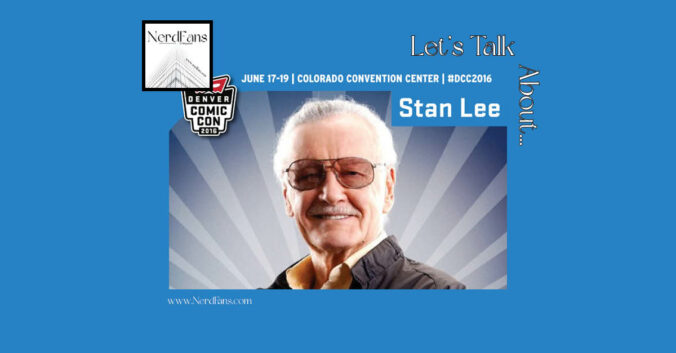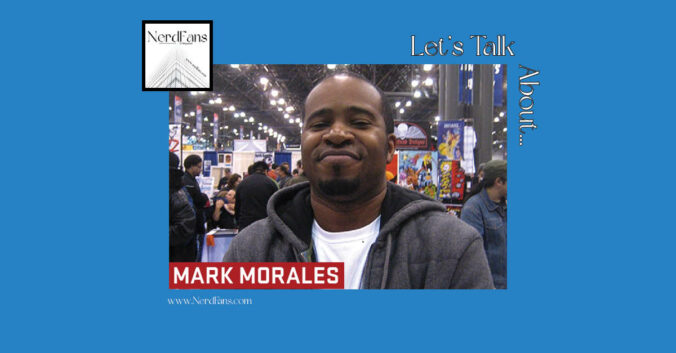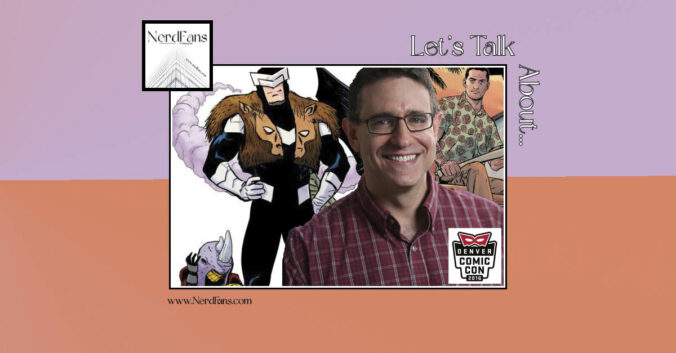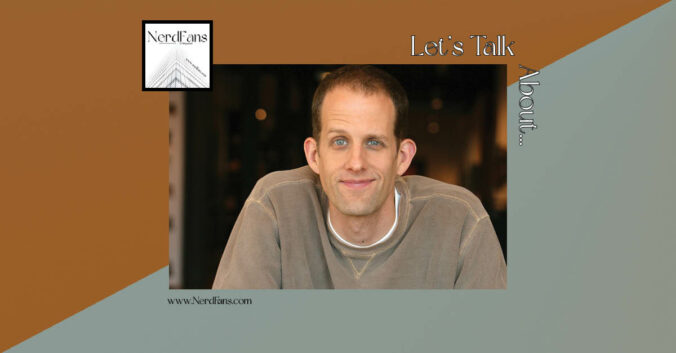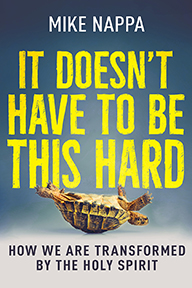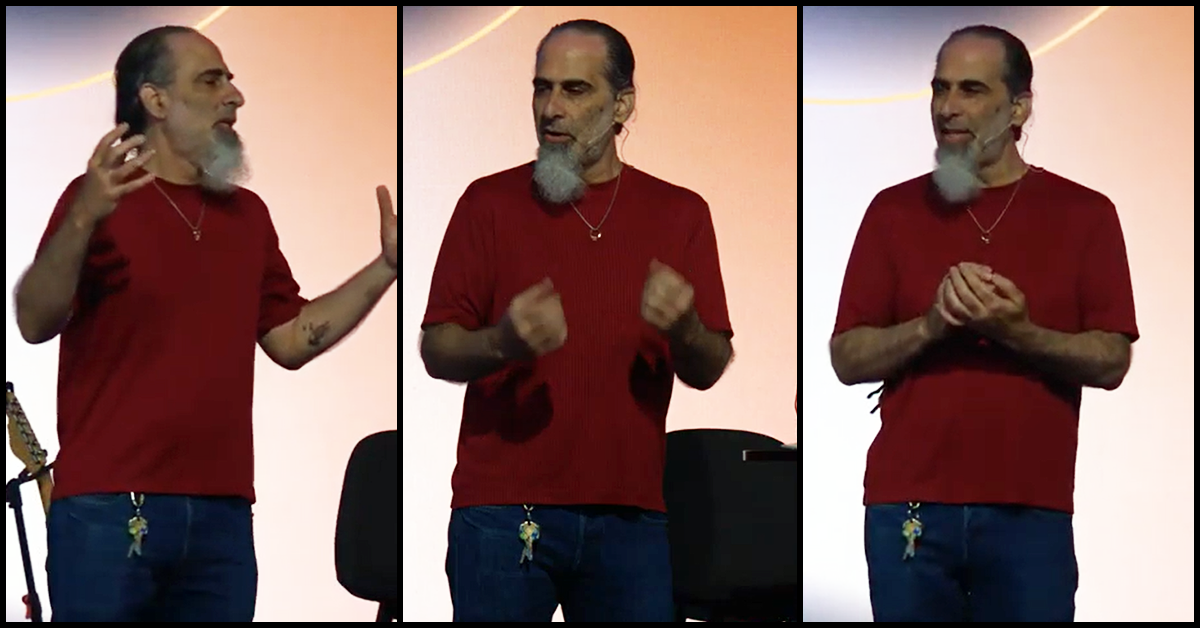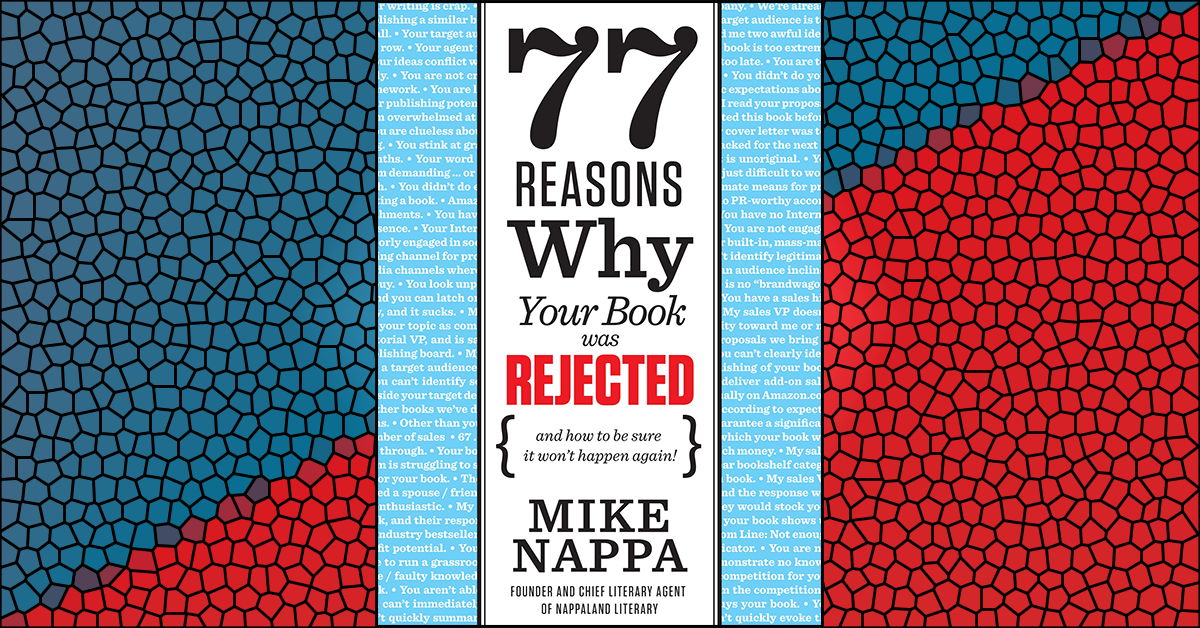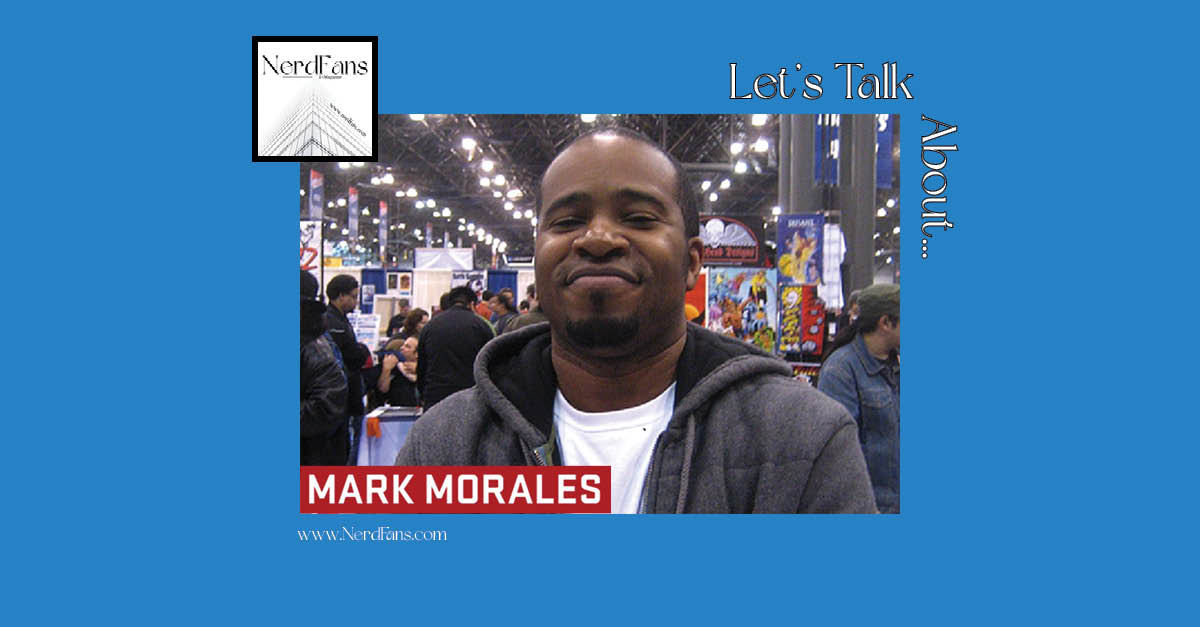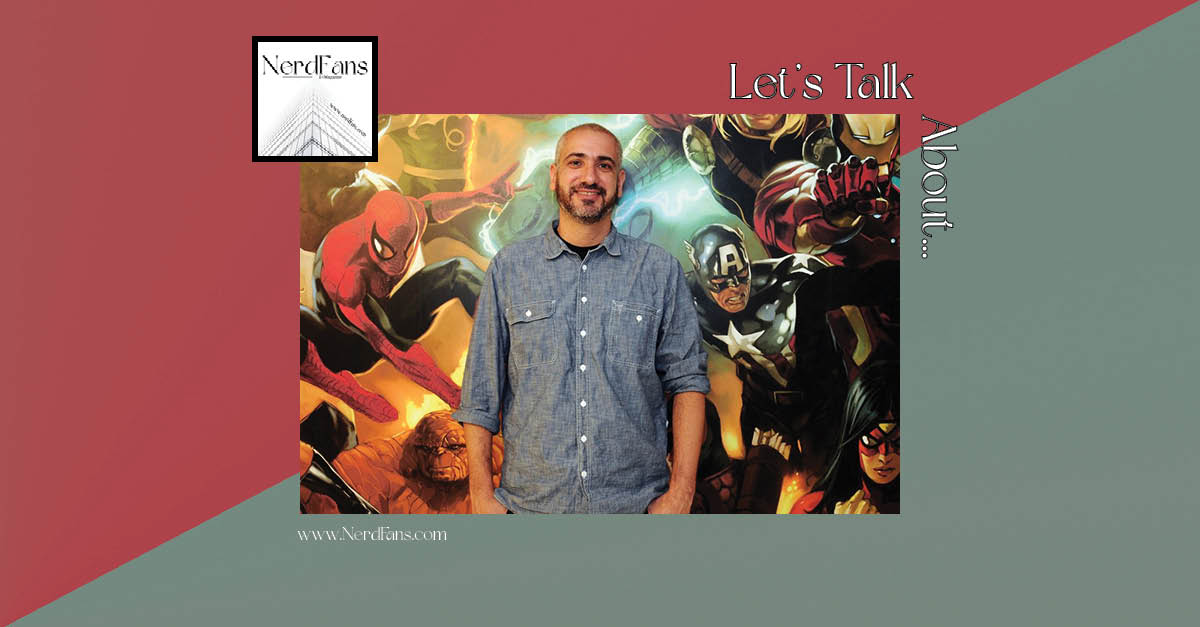It’s going to cost you…
Stan Lee is a valuable commodity these days, which is not bad for the legendary 93-year-old comic book nerd, but might not be viewed as such a great thing for most of his fans.
You probably know Stan as the guy who revolutionized Marvel Comics and created some of your favorite superheroes: Spider-Man, the Fantastic Four, the X-Men, the Incredible Hulk, the Avengers, and many, many more. You’ve probably seen him cameo in most of the movies based on his amazing, fantastic, incredible creations. And you were probably thrilled when you heard this living legend is appearing at the 2016 Denver Comic Con (June 17-19)!
Want to meet Stan Lee?
Well, it’s possible—but it’s also going to cost you. Stan the Man is the next best thing to cash machine for a lot of people at this point in his storied life, and it appears they all like to get paid when he makes an appearance at someplace like Denver Comic Con. Still, given his current age and outsized history, this could be your once-in-a-lifetime opportunity to meet your real-life comic book hero.
If you’re one of the faithful ready to open your checkbook, here are your options for meeting Stan Lee at Denver Comic Con this year:
Option 1: Stan Lee on the Fanboy Budget
Cost: $100 + Denver Comic Con Admission + random taxes and fees + a few hours waiting in line
Unlike year’s past, Denver Comic Con promises that Smilin’ Stan will sit in a booth and sign autographs for all comers over the course of the three days of the Con. You’ll find Stan in the “Celebrity Summit” at various times during the event. When exactly? Well, you’ll have to double-check his posted schedule at the Con to find out, and then be prepared for him to arrive late or leave early (as the celebs frequently do at these kinds of things)—but he should be there. If you time it right, and if you stand in line long enough with a few hundred other fanboys and fangirls, you should be able to meet your hero and exchange pleasantries for a few minutes.
Pros: At $100 for an autograph or photo, this is the least expensive option for meeting Stan Lee at Denver Comic Con.
Cons: You’re going to have to wait in a very long line. Two other groups of people have “front of line” privileges which means many folks will be legally cutting ahead of you, no matter how long you wait or whether you got in line first. Worst of all, there’s no guarantee that you’ll make it to the front of the line before Stan leaves for the day (or the weekend). It is possible you could put in the time and still walk away empty-handed.
Option 2: Stan Lee for the Gainfully Employed (Speed Pass)
Cost: $100 for an autograph + $176 for a Speed Pass + random taxes and fees + 30 minutes to an hour or so waiting in line
This option is for the fan who values time more than money. Instead of buying standard admission to Denver Comic Con, you can buy a three-day “Speed Pass” ticket. According to DCC, this “Speed Pass grants the holder exclusive, first-access line to the convention each day, a dedicated, first-served line for Main Events (does not include other panel rooms), and front-of-line access for autographs. It does not include photo ops, as this is a third-party vendor.” What that means for Stan fans is this: You still have to wait in line and time it right at the appropriate booth in Celebrity Summit, but your line to Stan will be shorter (behind only VIPs and other Speed Pass holders). You’re still not guaranteed Stan’s autograph or a photo, but with front of line privileges, you’re much more likely to get to him before he tires out or disappears behind the curtain.
Pros: Much better chance of actually meeting Stan Lee at Denver Comic Con, and getting his autograph.
Cons: It’s a minimum of $276 in cost ($100 to Stan for his autograph, and $176 to DCC for your Speed Pass), which is no small sum. Also, all the poor schlubs who’re waiting in the regular fanboy line will be ticked off at you for cutting in front of them. You might hear Bernie Sanders slogans (or profanities) as you breeze by the schlubs. But hey, you’ll never see them again anyway, right?
Option 3: Stan Lee for the One Percent (VIP Package)
Cost: $375 for VIP Package + Denver Comic Con admission + random taxes and fees + 30 minutes to an hour waiting in line
If money is no object, then the Stan Lee VIP Package is for you. Yes, you have to pay an enormous sum ($375) in addition to the cost of your ticket to Denver Comic Con, but the perks are pretty nice. Here’s the official description…
Stan Lee will be offering VIP LEVEL PACKAGES that are good for ONE DAY ONLY, meaning that you get one day of VIP benefits listed below. VIP benefits will be fulfilled at Stan’s booth in Celebrity Summit for the day applicable. Friday, Saturday or Sunday Stan Lee VIP package price is $375, plus other fees, and includes:
• 1 t-shirt
• 2 randomly selected comic book variants from the Stan Lee Collection
• 1 lithograph, autographed
• 1 regular autograph ticket
• 1 regular photo op ticket
• copy of “It’s All About the Love: The Stan Lee Family”
• VIP access to Stan’s autograph line, 10-11 a.m. for that day only
• Everyone who purchases a Stan Lee VIP ticket will be entered into a drawing for a special meet and greet with Stan Lee (10 names drawn daily with the meet and greet time TBA)
Please remember…Stan Lee VIP Packages are NOT to be confused with regular Denver Comic Con 2016 tickets; a regular DCC’16 badge (valid for that day) is still required to enter the Denver Comic Con.Stan Lee VIPs Packages are totally separate from the Denver Comic Con Speed Pass. Autograph purchases are nonrefundable, non-exchangeable and non-transferable, unless the guest cancels.
Pros: This is the only way to guarantee you get a Stan Lee autograph and photo at Denver Comic Con, and your line to Stan will be shortest of all. Plus, you know, there’s a T-shirt.
Cons: Way expensive. Nonrefundable. Will be viewed as indulgent and wasteful by your friends and family who couldn’t afford it. Doesn’t do a thing for world hunger or the homeless in your community.
Enjoy the show!
–MN
Denver Comic Con Spotlights (2016)
All images courtesy Denver Comic Con. All rights reserved. Reprinted by permission.

